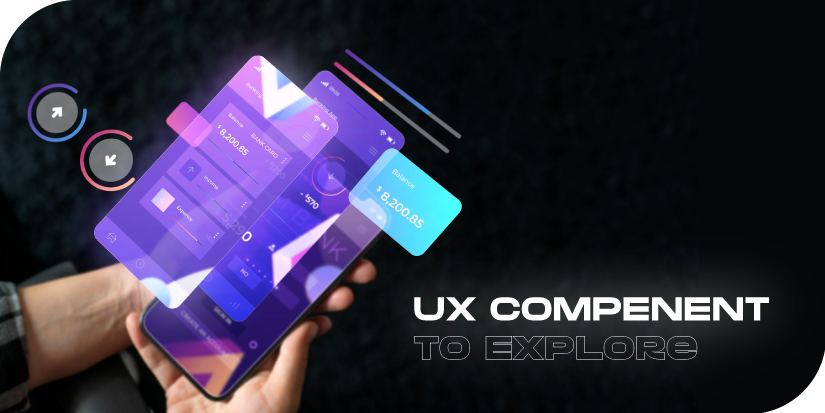Creating a user-friendly and visually appealing online store is essential for the success of any Shopify website. Here are the top 10 User Experience (UX) components to explore for enhancing your Shopify store:
Clear Navigation Menu:
Design an intuitive navigation menu that allows users to easily find products and information. Use logical categories and subcategories to streamline the browsing experience. A clear menu structure enhances user navigation, making it more likely for visitors to explore your site.
Responsive Design:
Ensure your Shopify store is responsive and provides an optimal viewing experience across various devices, including desktops, tablets, and smartphones. A responsive design is crucial for reaching a broader audience and improving overall user satisfaction.
High-Quality Product Images:
Use high-resolution, professional images for your product listings. Clear and visually appealing images provide customers with a better understanding of your products and contribute to a positive shopping experience.
User-Friendly Product Pages:
Optimize your product pages for clarity and ease of use. Include detailed product descriptions, specifications, and pricing information. Implement features like zoom options, product videos, and customer reviews to help users make informed purchase decisions.
Efficient Search Functionality:
Enhance the search experience on your Shopify store by implementing features like auto-suggestions, filters, and a robust search algorithm. An efficient search function helps users quickly find the products they are looking for.
Streamlined Checkout Process:
Simplify the checkout process to minimize friction and reduce cart abandonment. Provide a guest checkout option, include a progress indicator, and optimize form fields to collect necessary information efficiently. Multiple payment options and a secure checkout build trust with users.
Personalization Elements:
Implement personalization features to create a tailored shopping experience. Utilize customer data to offer personalized product recommendations, discounts, and content. Personalization enhances user engagement and increases the likelihood of conversions.
Trust-Building Elements:
Integrate trust signals throughout your Shopify store. Display security badges, customer testimonials, and guarantees to instill confidence in your users. Clear and transparent communication about shipping, returns, and customer support also contributes to building trust.
Interactive Visual Elements:
Use interactive visual elements to engage users. Incorporate high-quality images, product videos, and 360-degree views to provide a comprehensive view of your products. Interactive elements not only make the shopping experience enjoyable but also assist users in making well-informed decisions.
Performance Optimization:
Ensure that your Shopify store is optimized for speed and performance. Fast-loading pages contribute to a positive user experience and can positively impact your search engine rankings. Optimize images, leverage browser caching, and implement other performance best practices.
By focusing on these UX components, you can create a Shopify store that not only looks visually appealing but also provides a seamless and enjoyable experience for your customers, ultimately contributing to higher conversion rates and customer satisfaction.







